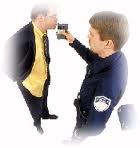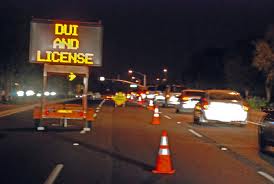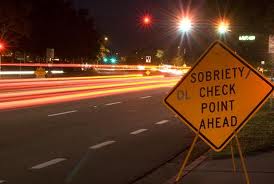 The California Court of Appeal ruled in People v. Jackson that the trial court incorrectly allowed evidence in at trial that the defendant refused to take a preliminary alcohol screening test (PAS).
The California Court of Appeal ruled in People v. Jackson that the trial court incorrectly allowed evidence in at trial that the defendant refused to take a preliminary alcohol screening test (PAS).
Defendant was arrested and was subsequently on trial for driving under the influence, DUI, in violation of Vehicle Code Section 23152 (a) & (b) . An officer was allowed to testify that the defendant refused to take the PAS test, even though he did agree to perform all the other field sobriety tests (FST’s).
After a conviction, the defendant appealed, claiming that the officer’s statements about his refusal should not have been admitted. The defendant cited Vehicle Code Section 23612(i), which states, “If the officer decides to use a preliminary alcohol screening test, the officer shall advise the person that he or she is requesting that person to take a preliminary alcohol screening test to assist the officer in determining if that person is under the influence of alcohol or drugs, or a combination of alcohol and drugs. The person’s obligation to submit to a blood, breath, or urine test, as required by this section, for the purpose of determining the alcohol or drug content of that person’s blood, is not satisfied by the person submitting to a preliminary alcohol screening test. The officer shall advise the person of that fact and of the person’s right to refuse to take the preliminary alcohol screening test.”
In the appeal, the Respondent claimed that the trial court correctly admitted the evidence because the PAS test is simply another FST. When the defendant refused to submit a sample, he was demonstrating consciousness of guilt.
The Court of Appeal agreed with the Appellant “because it is logically consistent with the clear intent of the statute [VC 23612] and serves to protect the statutory right defined therein.” However, in this case, it was found to be harmless error and the Appellant’s conviction stood.
Continue reading ›

 San Diego DUI Lawyers Blog
San Diego DUI Lawyers Blog






 The California Court of Appeal ruled in
The California Court of Appeal ruled in  The California Supreme Court set forth criteria for DUI checkpoints to ensure they are in compliance with the Federal and California’s State Constitution and to minimalize the intrusiveness of the stop in
The California Supreme Court set forth criteria for DUI checkpoints to ensure they are in compliance with the Federal and California’s State Constitution and to minimalize the intrusiveness of the stop in